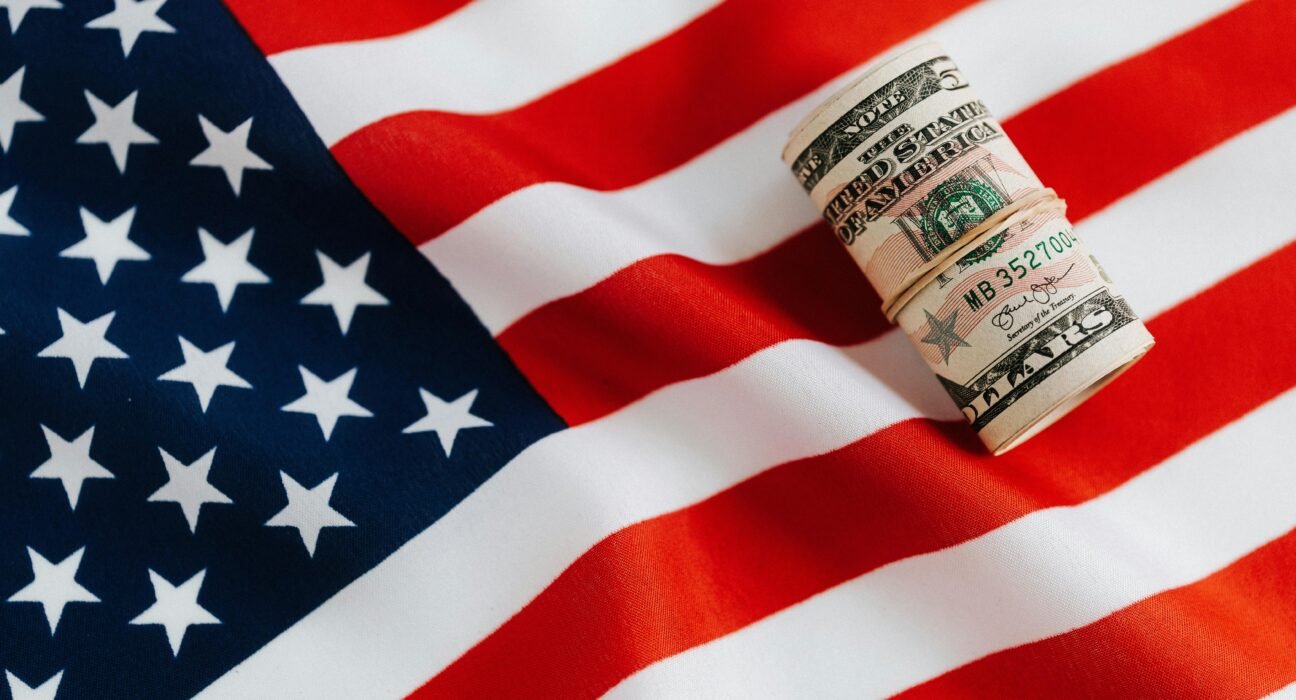According to a new market report from research firm Eilers & Krejcik Gaming, the U.S. gambling industry saw steady growth in 2024, with total consumer spending reaching $172 billion – a 3.3% increase year-over-year – according to a new market report from research firm Eilers & Krejcik Gaming.
While traditional casino and lottery play still dominate the market, digital gaming verticals drive nearly all of the sector’s expansion.
Market Breakdown
The report reveals a tale of two gambling economies:
- (Commercial/tribal casinos and retail lottery) accounted for 78% of total spend ($134B) but showed minimal growth
- Digital platforms (online sports betting, casinos, poker and iLottery) represented just 22% of spend but grew at explosive double-digit rates
Mobile Betting Leads the Charge
The online gambling sector experienced robust growth in recent months, fueled by new market launches and increasing adoption. Key segments include:
Mobile Sports Betting (+34% growth) – The expansion into North Carolina and Vermont contributed to a surge in activity, with bettors embracing the convenience of wagering via smartphones.
Online Casino & Poker (+29% growth) – Digital table games and poker rooms continue to attract players, offering immersive experiences that rival physical casinos.
iLottery (+26% growth) – While still a niche segment (just 1% of total gambling spend), online lottery sales are gaining traction as more states explore digital ticket sales.
Land / Retail Casinos Dominate
While digital platforms are growing rapidly, Commercial/tribal casinos and retail lottery remain the industry’s backbone, generating the vast majority of operator revenue. Key insights include:
85% of Gross Gaming Revenue (GGR) comes from retail wagers, underscoring the continued preference for physical casinos, lottery retailers, and sportsbooks.
Attesting to the fact that Commercial & Tribal Casinos produced 61% of GGR despite accounting for 56% of total gambling spend, demonstrating strong profitability.
While Retail Lottery contributed 22% of GGR from 21% of spend, maintaining its position as a stable revenue driver.

